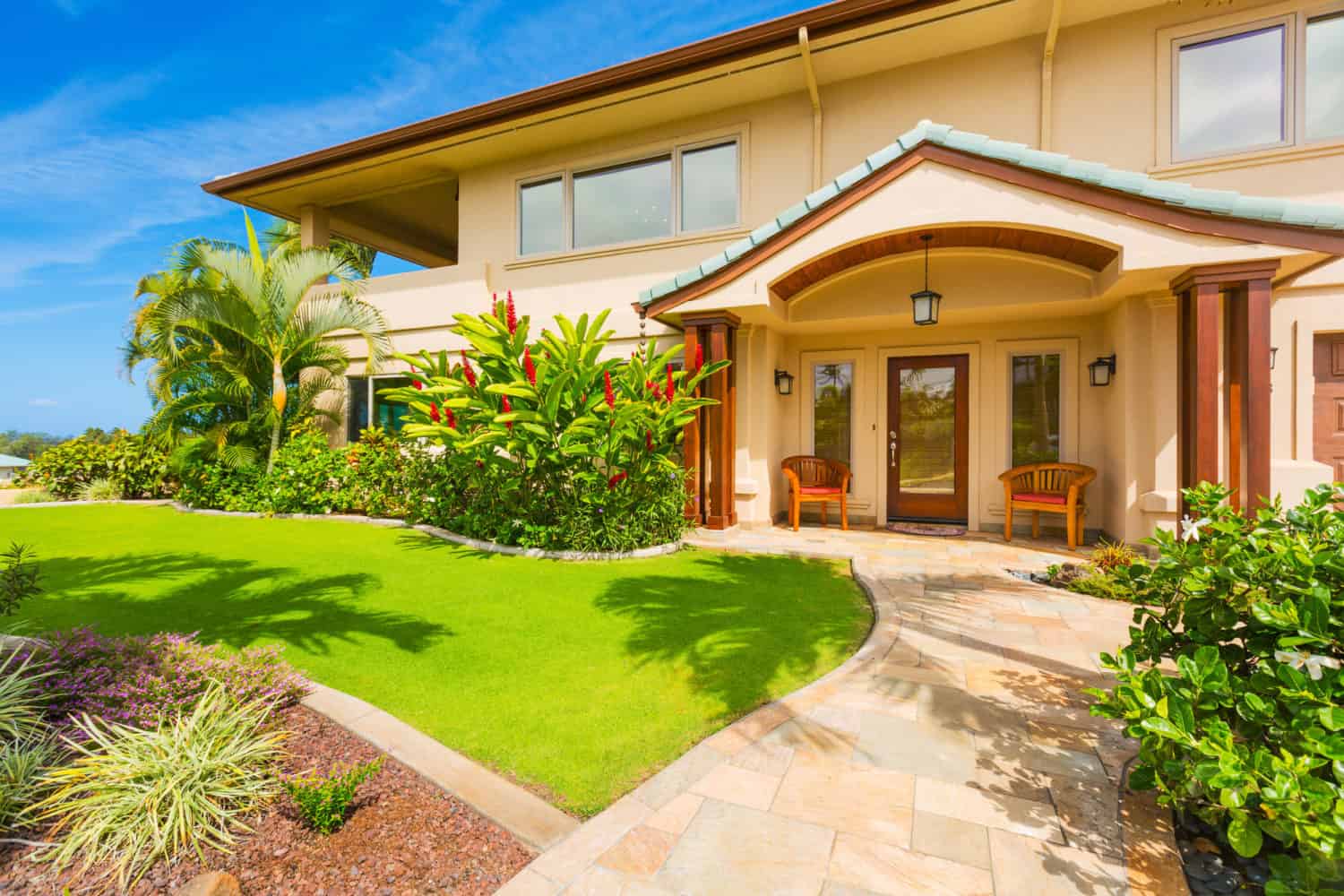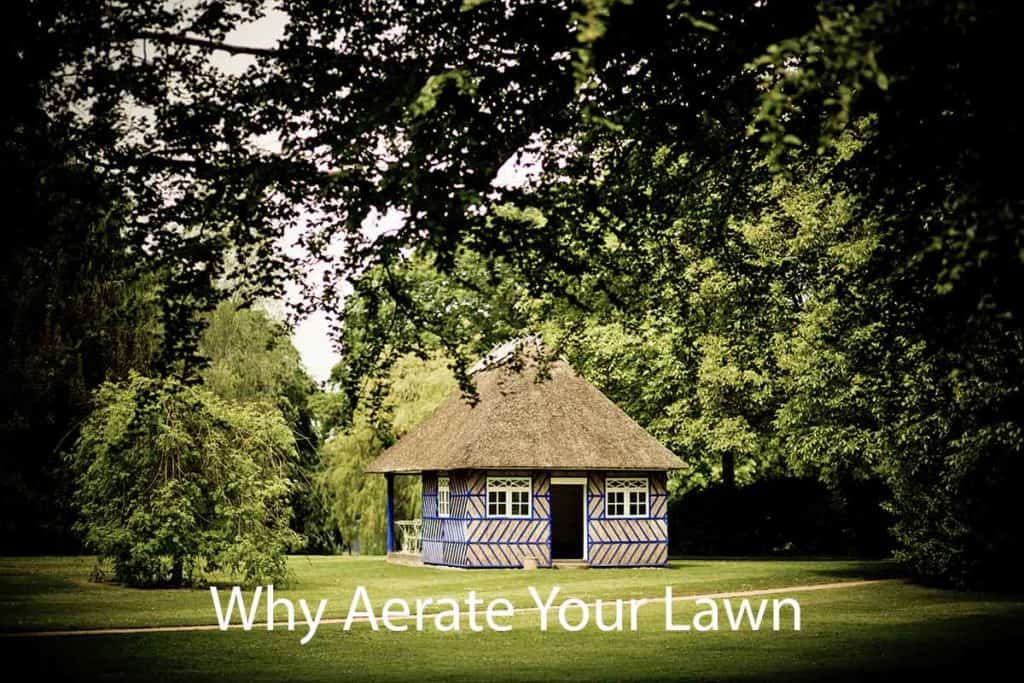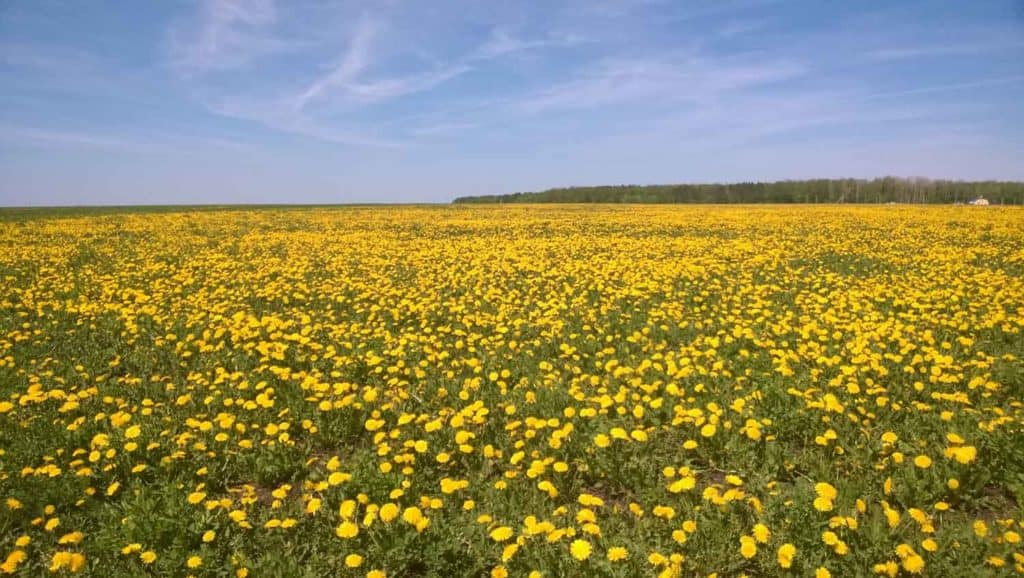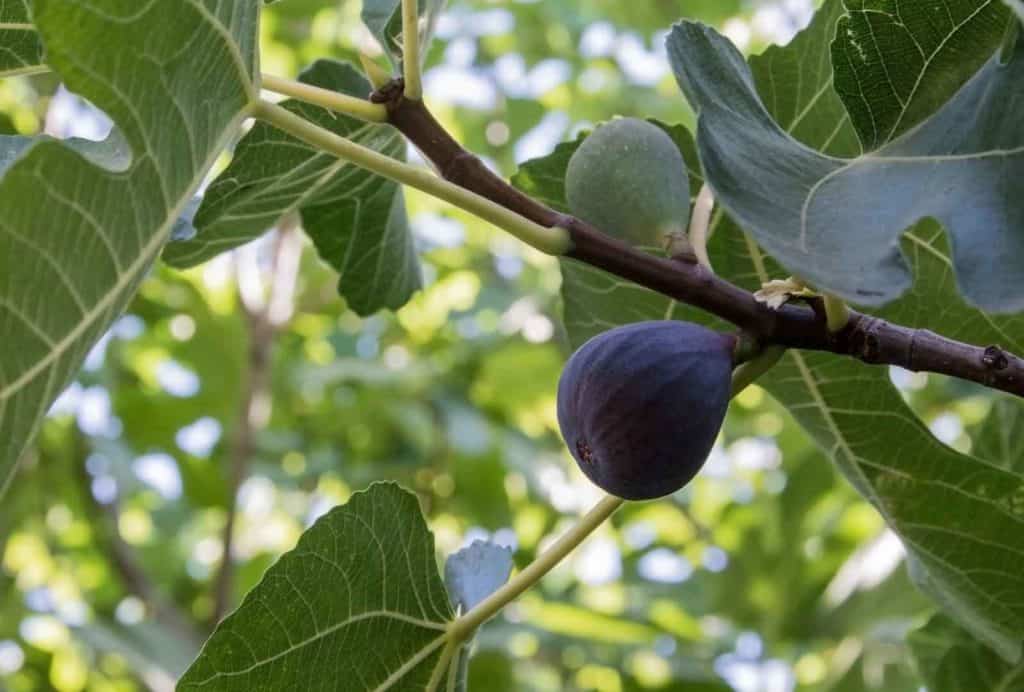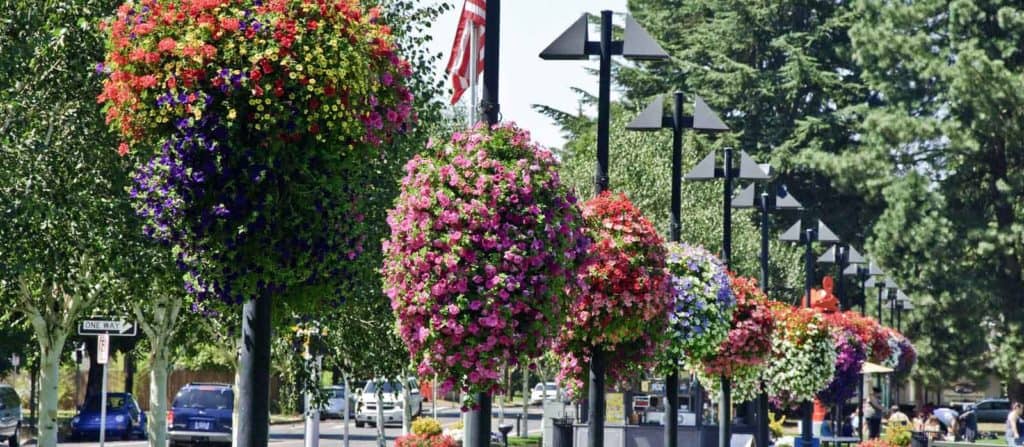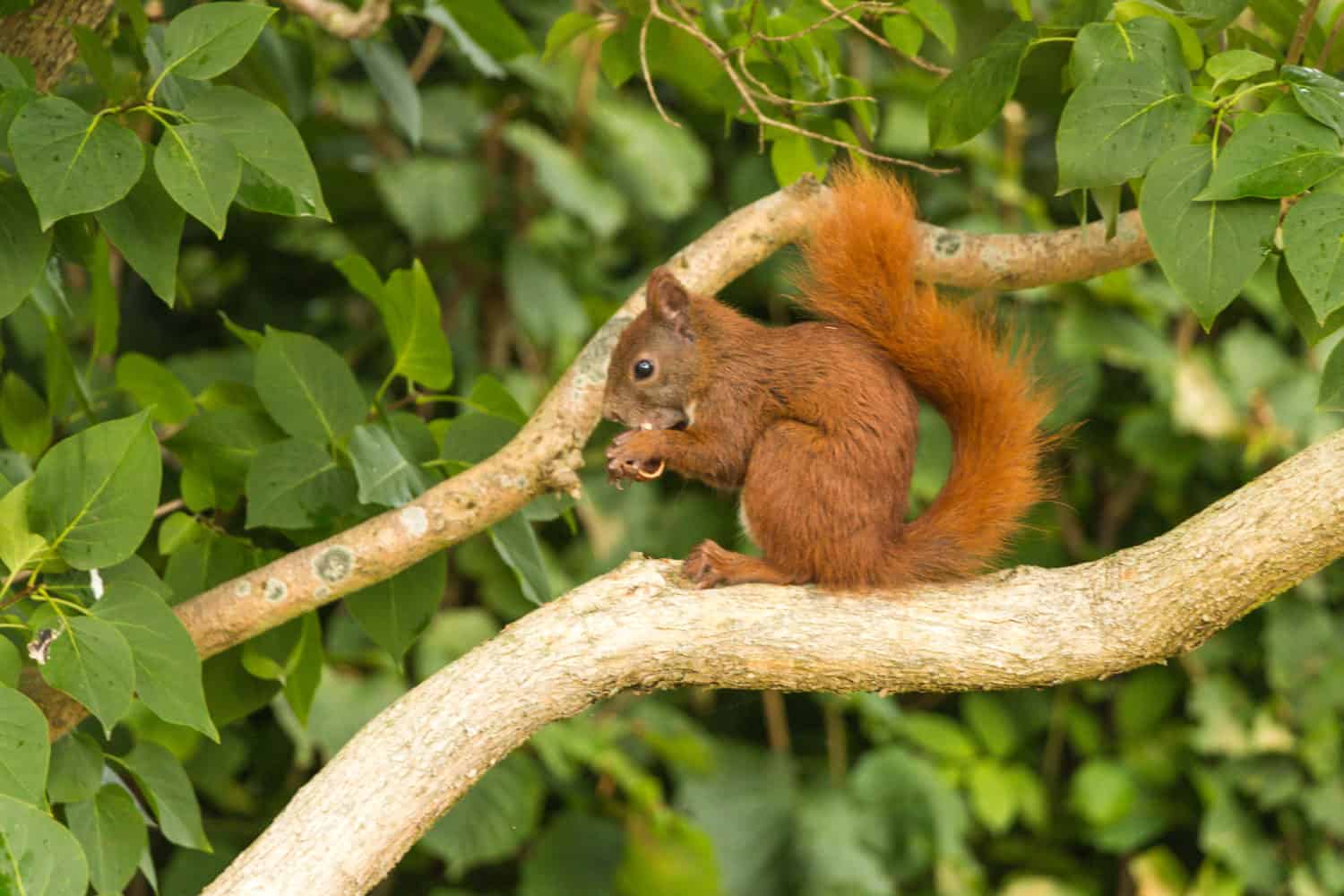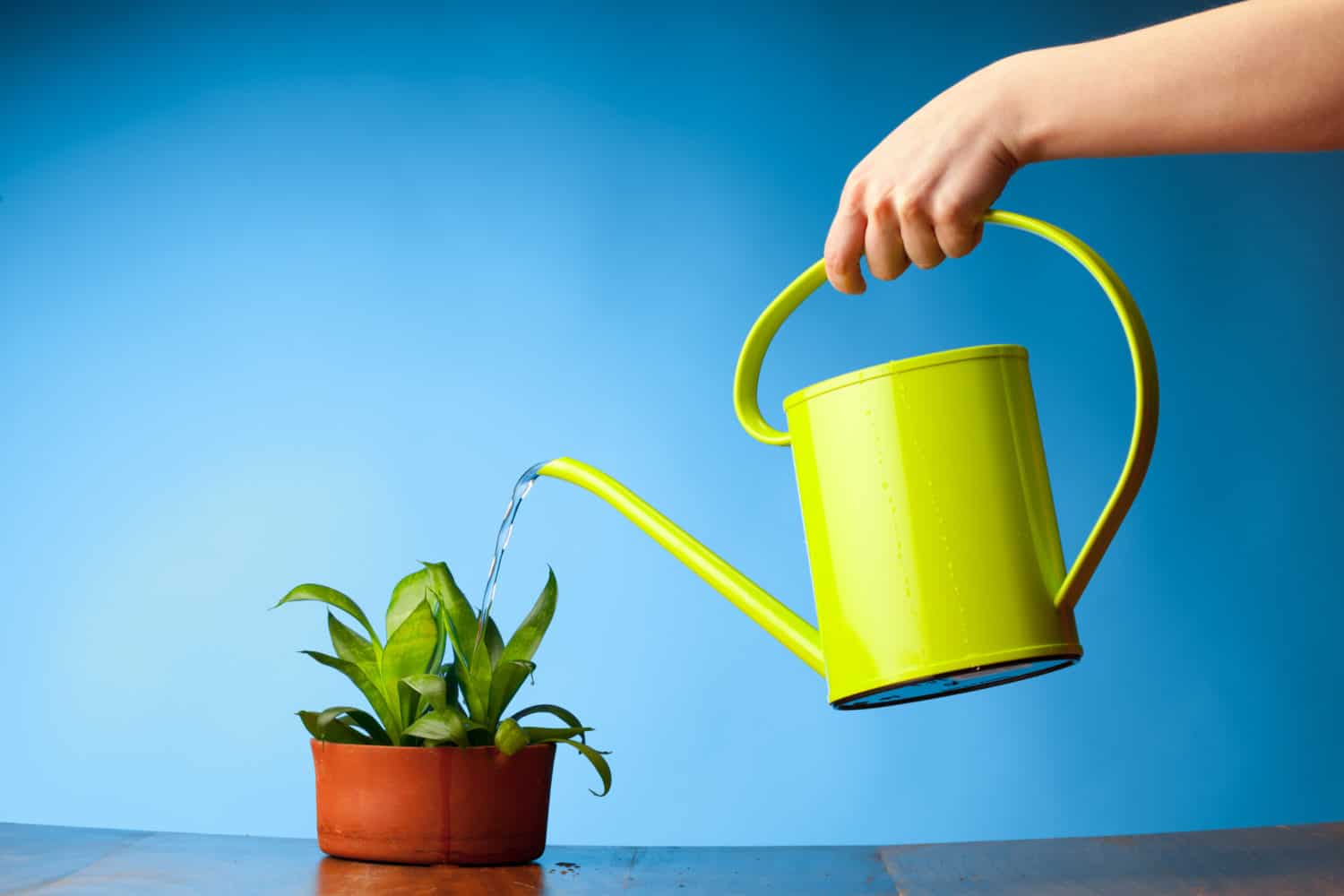Whether you live in the sunny South or the snowy North, evergreen shrubs can provide you with year-round visual enjoyment. These plants come in all imaginable colors, shapes, and heights and are a staple of front yard landscaping.
However, if you don’t know much about these plants, choosing the right ones can be a daunting task. In this article, we’ll take a closer look at evergreen shrubs and help you create a blossoming welcome mat for your guests. Keep reading!
Contents
What are Evergreen Shrubs?
Evergreens, as a class, are easiest to understand when compared to deciduous plants.
As you already know, deciduous trees and shrubs drop their leaves in autumn and enter dormancy. With pines being the trees that most people think of as being green throughout winter, we tend to think of evergreens as needle-bearing plants. Most of them are exactly like that.
However, a lot of broadleaf shrubs, like boxwood or azaleas, are also evergreen. These plants keep their leaves, particularly in not-so-harsh climates. They never shed them en masse – only periodically and then quickly replace them. See also the best house plants to decorate your interior.
The Advantages of Having Evergreen Shrubs in Front of the House
When blended with flowers, evergreen shrubs provide a stunning curb appeal. It’s something that everybody likes seeing when coming home from work. These plants look welcoming – your guests are bound to appreciate the effort you put into them.
Besides the looks, an additional benefit of evergreen shrubs is that they can reduce heating costs. Cold air can easily find its way into the house through the foundation. Sitting close to the foundation, evergreen shrubs trap some of the cold air and serve as an extra layer of insulation.
Factors to Consider Before Planting Evergreen Shrubs
Evergreen shrubs can change the look of any house for the better. However, there are a couple of things you need to keep in mind before planting them. Here are the most important factors:
Soil pH
Before buying the shrubs, make sure to check the pH of your soil.
Typically, soil close to the foundation of a house tends to be more alkaline. This is due to the lime leaching from the foundation into the ground. To test the soil, purchase a pH test kit from your local garden supply store.
To amend the pH, you will have to use soil amendments. However, the best decision would be to purchase the shrubs that thrive in the natural pH of your soil.
Hardiness and Sunlight Exposure
When visiting a landscape supply store, you’ll notice tags on the shrubs. By looking at them, you’ll determine how much sunlight a particular shrub requires.
In case your house faces west or south, buy bushes that thrive in full sunlight. If your house faces east, get evergreens that grow best in partial shade. Finally, those with north-facing homes should purchase shade-tolerant evergreen shrubs.
One of the most important factors is the hardiness zone. If you’re buying online, it’s important that you check the map for your hardiness zone and order shrubs suitable for it. If you’re buying locally, on the other hand, the shrubs will probably do fine in your area.
Size and Arrangement
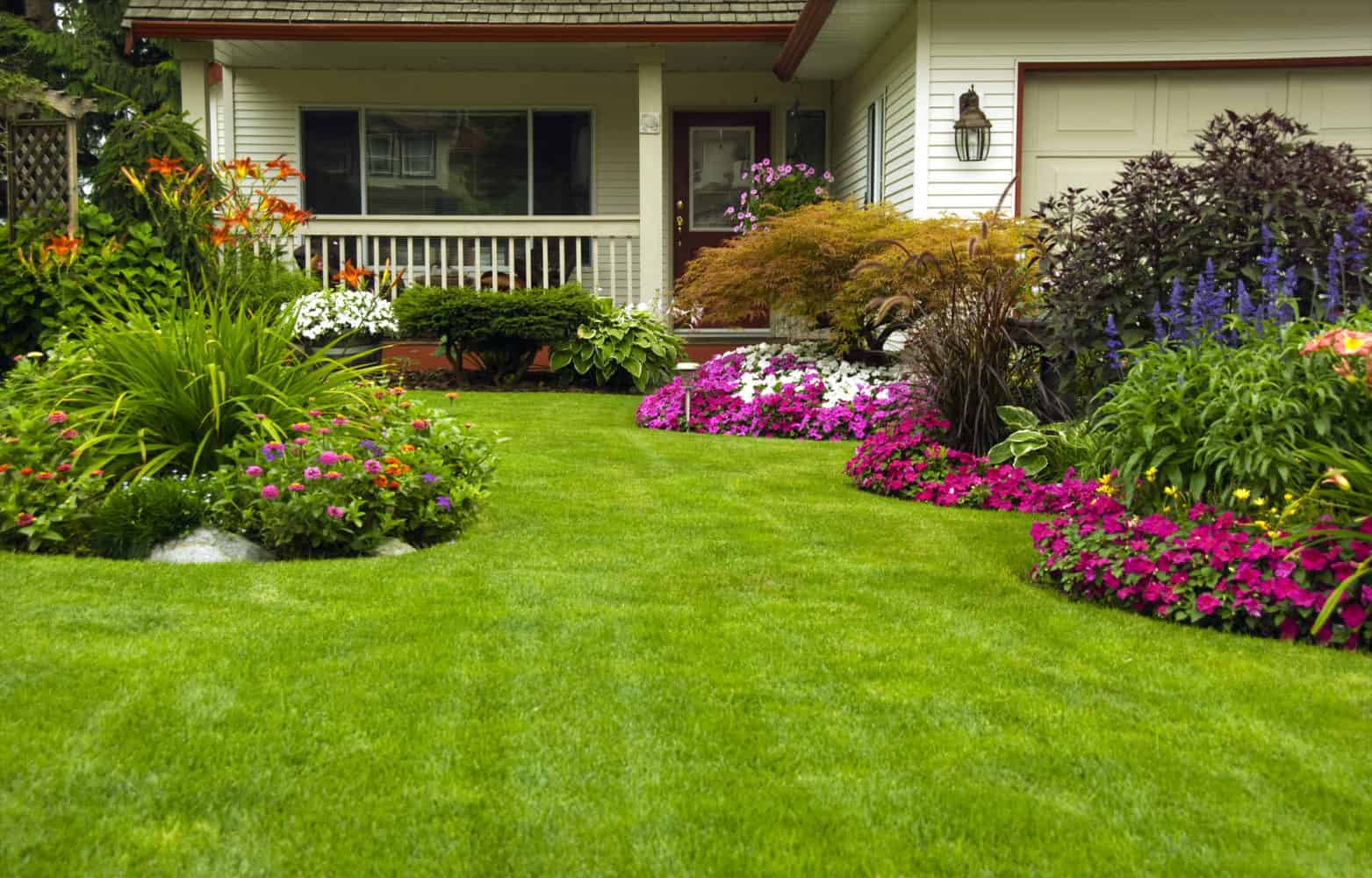
These types of plants need to be arranged so that they draw attention toward the front of the house. Taller shrubs should be planted at the corners. Shorter ones should go between them.
The size and arrangement of the shrubs should ultimately depend on the theme of your front yard. Some people are okay with a few light green bushes, while some want to create a beautiful, scenic landscape.
In any case, try to arrange the shrubs so that they tie the house with its natural surroundings. This is bound to enhance the curb appeal of your property. You can use also flowering plants in hanging baskets.
The Best Evergreen Shrubs for Your Front Yard
The following 8 evergreen shrubs are bound to make your front yard more attractive. They provide reliable good looks and don’t ask for much maintenance:
Cherry Laurel
Cherry Laurel is very popular in the Philadelphia region. It prefers warm and humid regions and produces characteristic red berries. This shrub loves standing upright and is capable of resisting most pests and problems.
The only problem with this plant is that it can suffer in colder environments. Homeowners in the northern limits of Cherry Laurel can expect to see wind burns in exposed areas. Moreover, some branches may die during the winter.
The beautiful white flowers of this bush give way to attractive red berries. The vibrant foliage offers immense value when you use Cherry Laurel as a background plant. It’s can be the ideal backdrop for your other plants.
Leucothoe
Leucothoe is one of the best choices for regions ranging from Southeastern to Northeastern US. This native, deer-resistant bush doesn’t ask for much maintenance.
One of the biggest advantages of Leucothoe is that it’s keen to spread beyond where you planted it. This turns it onto the best option if you’re working on a budget. Leucothoe will happily help you cover a lot of square footage.
When it comes to aesthetics, this evergreen shrub adds a lovely dash of color. What’s more, it responds with minimal fuss when it comes to pruning. It’s a fantastic option for those looking to grow an all-native front yard garden.
Juniper
Juniper is an old favorite of many gardeners. This evergreen shrub is very easy to grow. It comes in a plethora of varieties. Some grow to become tall and some are ground-hugging and perfect for gardens.
If the area in front of your house is dry and rocky, Juniper shrubs are your best choice. Pop in a few of them and watch them take off. Low-growing varieties work wonders as foundational hedges and can be a magnificent evergreen ground cover.
Blue Rug Juniper is particularly great. This variety works very well as an accent in your garden. If it’s the plain green color you’re looking for, consider Sea Green Juniper. These are very easy to maintain and can fill in an area very quickly.
Yew
When it comes to handsome and reliable evergreen shrubs, it’s hard to beat yew (Taxus baccata). This bush produces occasional red berries and soft evergreen foliage.
Yew can be shaped to most forms, as it responds well to shearing and pruning. The seeds of this shrub are dangerous. Don’t worry if you see birds on your property eating them, though – the seeds pass harmlessly through their digestive tracts.
Taunton Spreading Yew is one of the best choices for informal areas. Hicks Yew, on the other hand, grows a little taller. It’s ideal for drier gardens and easily withstands heavy pruning.
Azalea
Azaleas thrive in many different conditions and provide stunning spring blooms. What’s more, turning a rugged Azalea into a well-formed one requires only the most basic pruning.
The primary appeal of planting this evergreen shrub into your garden is the eye-popping, head-turning splashes of color it produces during springtime. Placing a dozen of these bushes together provides a broad sweep of color.
Many gardeners tend to combine evergreen Azaleas with deciduous ones. While the evergreen variety sports thicker, leathery leaves, the deciduous Azaleas come with softer, more delicate leaves.
Boxwood
No roundup of best evergreen shrubs is complete without Boxwood. These plants are ideal for any front yard. Not only are they easy to grow, but also tend to maintain an attractive, uniform growing pattern.
Boxwood holds on to its color during the entire year. You can use individual plants as blobs of green in your garden, but also as a long hedge. Two of the most interesting varieties are Winter Gem Boxwood and Green Mountain Boxwood.
The former one easily withstands general abuse and elements like snow or wind. Pruning is a breeze, and the plant works very well in hedges consisting of green meatballs. The latter, on the other hand, sports softer foliage.
Mahonia
If you want a tough and edgy evergreen shrub that doesn’t skimp on the looks, go for Mahonia. With its lovely fruits and colors, this bush can add a nice accent to your front garden.
However, Mahonia can’t be planted just anywhere. The leaves of this shrub are sharp, pointed, and very prickly. For that matter, it shouldn’t be planted anywhere near sidewalks or driveways.
It’s still a very handsome shrub and one that’s worthwhile in its own way, though. As it looks like a cross between staghorn sumac and holly, it’s a unique addition to any garden.
Yucca
Yucca deserves its place on this list due to its gorgeous flowers. While some may debate Yucca’s status as a shrub, it’s a great choice if you live in a warmer region.
Besides the beautiful flowers, this plant can also be identified by its sharp, upright, and thick leaves. The foliage is undoubtedly a unique one, and will surely add some interesting texture to your front yard.
Another significant advantage of Yucca is that it’s highly resistant to almost everything. If you don’t mind a wilder-looking front yard, go for this evergreen shrub.
If there’s one place that begs to be softened with greenery, it’s the one where the house meets the land. Now that you know a thing or two about evergreen shrubs, you’ll be able to maximize your home’s curb appeal with an eye-catching front garden.
While you’re here, you might want to read my post on How to Prune a Fig Tree or my post on Top Dressing Lawn benefits as well.

